The Ultimate Heating Pad for Kidney Stones Guide: Techniques, Safety Tips, and Remedies
That stabbing pain in your side hits different at 3 AM. You're doubled over, wondering if this kidney stone agony will ever end. Here's what most people don't know: the right heating pad technique can cut your pain in half within 20 minutes—but use it wrong, and you might make things worse.
Did you know that about 1 in 10 men and 1 in 14 women in the U.S. will experience kidney stones at least once in their lives? You’re not alone, and relief is possible! This guide explains how to use heat pad for kidney stone relief, backed by expert advice. Let's get started.
Understanding Kidney Stone Formation
Before diving into pain relief strategies, let's understand what you're battling. Knowledge helps you fight smarter, not harder.
What Are Kidney Stones?
Kidney stones are hard mineral deposits that form inside your kidneys when your body's chemistry gets out of balance.
These stones develop when your urine contains more crystal-forming substances (calcium, oxalate, uric acid) than it can dilute. Dehydration is often the trigger. Your concentrated urine becomes the perfect environment for minerals to clump together and grow.
The process starts microscopically. Tiny crystals stick together, attracting more minerals over weeks or months. Eventually, they grow large enough to cause problems—ranging from sand-grain specks to golf-ball giants.

Source: NIDDK
The four main types you might be dealing with:
-
Calcium stones (80% of cases): Most common type, forming when calcium binds with oxalate or phosphate in concentrated urine
-
Struvite stones (10-15%): Develop after UTIs, growing quickly and sometimes becoming surprisingly large without warning
-
Uric acid stones (5-10%): Result from acidic urine, often linked to high-protein diets, gout, or genetic factors
-
Cystine stones (under 1%): Rare hereditary stones caused by kidneys leaking too much of the amino acid into urine

Source: Healthline
Size determines your fate. Stones under 5mm usually pass naturally. Anything larger? You're looking at a potential medical intervention.
Kidney Stone Symptoms
The agony starts when your stone leaves the kidney and enters the ureter, that narrow tube to your bladder. Your ureter is only 3-4mm wide, so even small stones cause intense spasms as muscles contract to push them through.
Classic symptoms that scream "kidney stone":
-
Severe flank pain: Stabbing pain in your side/back below the ribs that starts suddenly and intensifies within minutes
-
Radiating pain: Discomfort that travels from your back to your abdomen and groin as the stone moves down
-
Wave-like attacks: Pain surges lasting 20-60 minutes as your ureter contracts, followed by brief relief periods
-
Urinary changes: Pink, red, or brown urine (blood); cloudy appearance (infection); persistent urge but little output
-
Nausea and vomiting: Affects 50% of sufferers due to shared nerve pathways between the kidneys and the digestive system
-
Fever and chills: A temperature above 100.4°F signals infection—this requires immediate medical attention
Pain location reveals stone position. Back pain = still in kidney. Side pain = upper ureter. Lower abdomen = middle ureter. Groin pain = almost at the bladder (you're close!).
Unlike muscle strains or cramps, kidney stone pain doesn't improve with position changes. Standing, sitting, lying down—nothing helps. That's your biggest clue that this isn't ordinary back pain.
How Long Does Kidney Stone Pain Last?
Here's what every patient wants to know: kidney stone pain typically lasts anywhere from a few days to several weeks, depending on size, location, and your unique anatomy.

Realistic timelines by stone size:
-
Under 4mm: Usually passes within 1-2 weeks with an 80% success rate
-
5-7mm: Take 2-3 weeks with only 50% passing naturally
-
8-10mm: Rarely pass alone (20% chance), often need medical help
-
Over 10mm: Almost never pass naturally, require intervention
The pain comes in phases. First, intense kidney pain (1-2 hours) as the stone exits. Then, ureteral colic—waves of severe pain as your ureter contracts to push the stone along. These waves last 20-60 minutes with breaks between.
What affects your timeline:
-
Hydration: Well-hydrated people pass stones 25% faster thanks to increased urine flow
-
Movement: Gentle activity like walking helps; bed rest can slow things down
-
Stone type: Smooth calcium stones pass easier than jagged uric acid stones
-
Medications: Alpha blockers can speed passage by 2-6 days by relaxing the ureter muscles
Once the stone reaches your bladder, you've essentially won. The final passage through the urethra might sting briefly, but it's nothing compared to the kidney-to-bladder journey.
Role of Heat Therapy in Pain Relief
Heat therapy is your first line of defense against kidney stone pain. It's been used for centuries, and science now proves what sufferers always knew—it works.

Why Heat Works for Kidney Stone Pain
Heat attacks kidney stone pain through three mechanisms:
- Dilates blood vessels, increasing blood flow to flush away inflammatory chemicals.
- Relaxes your ureter muscles, reducing those painful spasms.
- Blocks pain signals to your brain by overwhelming nerve pathways with temperature sensations.
It won't dissolve stones, but it makes the journey bearable by:
-
Increasing tissue elasticity for easier stone passage
-
Triggering endorphin release after 15-20 minutes
-
Improving urine flow through relaxed ureters
Heat vs. Other Pain Relief Methods
-
NSAIDs: Reduce inflammation, effective for pain, but take longer to work and may cause stomach issues.
-
Opioids: Provide strong pain relief but carry risks of addiction, drowsiness, and long-term side effects.
-
Hot Baths: Relax muscles and improve blood flow, easing pain, but may not target deep discomfort.
-
Heating Pads: Dilate blood vessels, increase blood flow, and relax muscles for quick, side-effect-free relief.
The best approach? Combine both. Use heat for instant relief while waiting for medication to kick in.
Choosing the Right Heating Pad
Not all heating pads deliver equal relief for kidney stones. The right features make the difference between managing pain and suffering through it.

Types of Heating Pads
Electric heating pads reign supreme for kidney stone pain. They maintain steady heat for hours with adjustable settings. Modern graphene-powered options like Homlyns heat in seconds and distribute warmth evenly—no cold spots when you need consistent relief.
Other options fall short:
-
Microwaveable pads: Cool within 20-30 minutes, requiring constant reheating
-
Chemical packs: Single-use and expensive for recurring pain
-
Infrared pads: Penetrate deeper (2-3 inches) but cost more
For kidney stones, weighted heating pads deserve special mention. The pressure-plus-heat combination provides 20% better pain relief. Homlyns' Graphene Weighted Heating Pad wraps snugly around your torso, staying put whether you're lying down or pacing.
Key Features to Consider
When shopping for kidney stone relief, these features matter most:

-
Temperature precision is non-negotiable. You need at least 6 heat settings—preferably 10, like Homlyns offers. Digital controls beat dials when you're fumbling in pain.
-
Timer flexibility prevents overheating and enables safe sleep. Skip pads with fixed 2-hour shutoffs. Look for 1-12 hour options for overnight relief.
-
Size matters because kidney pain radiates. Minimum 12" x 24" coverage ensures you catch all pain zones. For severe episodes, Homlyns' Queen Size Heated Blanket provides full-body comfort.
-
Material quality impacts both comfort and heat distribution:
-
Soft fleece or flannel covers (not plastic)
-
Graphene elements for even heating
-
Machine-washable for inevitable sweaty nights
-
-
Must-have safety features:
-
ETL/UL certification
-
Overheat protection
-
Quality wiring that won't short
-
30-second heat-up time (crucial when pain strikes)
-
How to Use a Heating Pad for Kidney Stone Relief
Proper technique maximizes relief while keeping you safe. Here's exactly how to use heat therapy when stones strike.

Placement and Duration
Location is everything. Place your heating pad directly over the pain source—typically your flank area (side/back below ribs). As pain migrates, move the pad accordingly:
-
Upper back/side for kidney pain
-
Lower side for upper ureter pain
-
Lower abdomen for stones near the bladder
For comprehensive coverage, try the "wrap technique" using Homlyns' larger pads. Position the pad to cover both your back and side simultaneously. This catches radiating pain and provides more complete relief.
Timing matters too. Start with 20-30 minute sessions at medium heat (around 130-140°F). This gives therapeutic benefit without risking burns. After a break, you can extend to 45-60 minutes if needed. Homlyns' 10 heat settings let you fine-tune temperature as your body adjusts.
Frequency of Use
Unlike pain medications with strict dosage limits, you can use heat therapy as often as needed with proper precautions.
Recommended schedule:
-
Acute pain: 20-30 minutes on, 30 minutes off
-
Maintenance: 45-60 minutes every 2-3 hours
-
Overnight: Low setting (110-120°F) with auto-shutoff
Listen to your body. If skin feels too warm or looks red, take a longer break. The beauty of quality heating pads like Homlyns? They're ready whenever pain returns—no reheating or refilling required.
When to Apply During the Day
Strategic timing enhances heat therapy effectiveness:
-
Morning (upon waking): Overnight urine concentration often triggers morning pain. Apply heat immediately to start your day manageable.
-
Before physical activity: Heat loosens tissues and may help stones progress. Use 15-20 minutes before walking or light exercise.
-
Evening wind-down: A 45-minute session helps relax muscles cramped from daytime pain. Homlyns' timer feature lets you drift off safely.
-
Middle-of-the-night attacks: Keep your heating pad plugged in bedside. When pain strikes, you'll have instant relief without fumbling in the dark.
Use heat preventively during stone passage. Regular sessions every few hours may reduce severe pain episodes.
💡 Safety Tips
Heat therapy is remarkably safe when done correctly, but kidney stone pain can make us careless. Follow these guidelines:
- Always use a barrier between the pad and skin—a thin shirt or pillowcase works perfectly. Direct contact may cause burns, especially with decreased pain awareness.
- Check your skin every 20 minutes for excessive redness or irritation. Pink is normal; bright red means turn down the heat.
- Never fall asleep on high settings without auto-shutoff. Homlyns' pads include 10-hour timers, but set shorter intervals initially until you know your tolerance.
- Stay hydrated while using heat. You'll sweat more, and dehydration worsens kidney stones. Keep water within reach.
- Avoid Heat with Certain Conditions: Do not use heat if you have diabetes with neuropathy, open wounds, skin infections, or severe swelling/bleeding disorders.
- Watch for Warning Signs: Skin blistering, extreme redness, increased pain/swelling, or dizziness/nausea may indicate overheating.
Equipment safety matters too:
-
Inspect cords before each use
-
Never fold or bunch electric pads while on
-
Replace pads showing wear or damage
-
Choose quality brands with safety certifications
The golden rule? If something feels wrong, stop. Quality heating pads like Homlyns include multiple safety features, but your awareness remains the best protection.
Other Heat Therapies for Kidney Stone Pain
While heating pads offer the most convenient way to relieve pain, other heat therapies can supplement your management arsenal when larger stones strike.

-
Hot baths provide full-body relaxation and help kidney stones pass more comfortably. Add Epsom salts to reduce magnesium ammonium phosphate buildup. The National Kidney Foundation notes warm baths may ease abdominal pain, though you can't stay submerged during multi-hour episodes.
-
Hot showers target specific areas to relieve pain with adjustable pressure. Position the stream on your affected side—evidence suggests this helps with urinate pain. Great for morning relief, but increased water usage can cause a rise in utility bills, especially when developing stones take weeks to pass.
-
Heated kidney beans or rice socks work in emergencies. Fill a clean sock, microwave for 60-90 seconds, and apply. They cool quickly, but beat taking pain medication at 3 AM. Some report little or no pain with this method for smaller stones.
-
Saunas and hot tubs pose an increased risk due to dehydration. Extreme heat can increase calcium excretion and concentrate stone-forming minerals. If you indulge, limit sessions to 10-15 minutes, watch salt intake, and triple water consumption to maintain a balanced diet and hydration.
For sustained relief when one kidney stone becomes more kidney stones, electric heating pads remain superior. Combining methods—like starting with a hot shower then switching to your Homlyns heating pad—helps whether battling stones or bladder infection discomfort.
Can I Use Ice for Kidney Stone Pain?
The ice debate confuses many kidney stone sufferers. Here's the straight answer: ice rarely helps and might make things worse.
Ice constricts blood vessels and tightens muscles—the opposite of what you want. Since kidney stone pain comes from muscle spasms and inflammation, ice can increase cramping and slow stone movement.

When ice might help:
-
Reducing swelling after stone procedures
-
Numbing injection sites before medical treatment
-
Alternating with heat for severe inflammation (use sparingly)
Most urologists recommend avoiding ice for active kidney stone pain. If you're desperate and want to try ice, limit application to 5-10 minutes maximum. Never apply directly to the skin, and switch to heat if pain worsens. Better yet, stick with proven heat therapy from the start.
Complementary Natural Remedies
While heat therapy tackles pain directly, these natural additions can enhance your relief strategy:

-
Hydration remains king: Aim for 3-4 liters daily to flush stones faster. Add fresh lemon juice—the citric acid may prevent new stones. Avoid sodas and excessive caffeine, which can worsen dehydration.
-
Movement helps stones travel: Gentle walking, climbing stairs, or even light jumping (if tolerable) can encourage passage. Combine with heat therapy before and after activity.
-
Herbal support shows promise: Remedies such as Chanca piedra (“stone breaker”), a traditional remedy that may help break down stones; dandelion root tea, a natural diuretic that increases urine flow; and nettle leaf, known for its anti-inflammatory properties, may assist with pain reduction.
-
Dietary adjustments: During stone passage, reduce sodium intake to prevent fluid retention. Temporarily limit oxalate-rich foods like spinach, chocolate, and nuts, and increase magnesium-rich foods such as avocados and bananas to support stone passage.
-
Position therapy works surprisingly well: Try lying on your affected side with your hips elevated on pillows. Gravity helps stones move while your heating pad provides comfort.
These remedies work best alongside proper medical care, not instead of it. Use them to enhance your heating pad sessions and overall comfort while stones pass.
When to See a Doctor
While heat therapy and home remedies help manage kidney stone pain, certain situations demand immediate medical attention.

Seek emergency care if you experience:
-
Fever above 100.4°F with chills (signals dangerous infection)
-
Severe nausea/vomiting preventing fluid intake
-
Blood in urine turning dark red or containing clots
-
Complete inability to urinate (stone blocking flow)
-
Pain so intense that no position provides relief
Schedule an urgent appointment for:
-
Pain lasting more than 48 hours without improvement
-
Stones larger than 6mm (unlikely to pass naturally)
-
Recurring stones within 6 months
-
Pregnancy with kidney stone symptoms
Having a kidney stone means you are at greater risk of chronic kidney disease. If you experience any of these symptoms, it’s crucial for the patient to seek medical help promptly to prevent complications and ensure the proper course of treatment.
Ready to Beat Kidney Stone Pain with Homlyns?
Kidney stone pain doesn't have to leave you helpless. With the right heating pad and proper technique, you can take control while passing a kidney stone. Knowledge plus preparation equals power over pain throughout the urinary tract.
Key takeaways:
-
Heat therapy reduces pain by 40-60% within 20 minutes during kidney stone passage
-
Apply heat for 20-30 minute sessions to ease movement through the urinary tract
-
Electric heating pads outperform other sources, especially for larger kidney stones requiring treatment
-
Combine heat with hydration to prevent kidney stones and support kidney health
-
Seek immediate care for fever, severe vomiting, or signs of urinary tract infection
-
Stay hydrated and maintain a healthy weight to avoid the formation of calcium oxalate stones formation
-
While apple cider vinegar may help some, heat therapy remains the proven relief method
When stones strike at 3 AM, you need reliable relief that works instantly. Homlyns' graphene heating pads heat in seconds, offer 10 precise temperature settings, and stay put with weighted comfort—exactly what kidney stone sufferers need.
FAQs
Can heating pads break up kidney stones?
No, heating pads cannot break up or dissolve calcium oxalate stones or other types. They only ease passing a kidney stone by relaxing the urinary tract muscles. For complex kidney stones or kidney stone removal, medical procedures like lithotripsy are needed.
Can heat help with kidney infection pain?
Use extreme caution. While heat may temporarily ease urinary tract infection discomfort, kidney infections require immediate antibiotics. Heat can promote kidney stone formation complications and mask serious symptoms. See a doctor immediately—don't rely on heat alone.
Can a heating pad hurt the kidneys?
When used properly, heating pads support kidney health and won't damage healthy kidneys. Never use extreme heat or apply directly to bare skin. Those with kidney disease or developing kidney stones should consult their doctor before using heat therapy.
Can I sleep with the heating pad on for kidney stone pain relief?
No, it’s not safe to sleep with the heating pad on, as it can increase the risk of burns or fire hazards. Heating pads are designed for temporary relief, and prolonged use, especially while asleep, can cause skin irritation, burns, or even more severe injuries. Always turn off the heating pad before going to sleep.
If you need heat therapy during sleep, consider using a heating pad with an auto-shutoff feature, or switch to a warmer blanket that’s safer to sleep with. Always prioritize safety to ensure you sleep comfortably without the risks of overheating.
Are heating pads safe for pregnant individuals with kidney stones?
Generally, yes, but consult your OB-GYN first. Use lower temperatures to prevent kidney stone complications, limit sessions to 15-20 minutes, and avoid direct abdominal placement. Many doctors prefer heat therapy over medications for kidney stone treatment and prevention during pregnancy. Maintain a healthy weight throughout pregnancy for optimal kidney stone prevention.




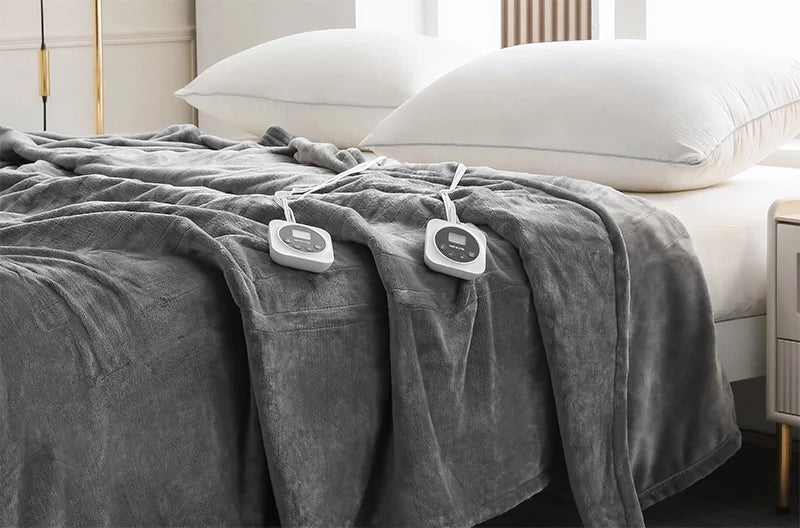
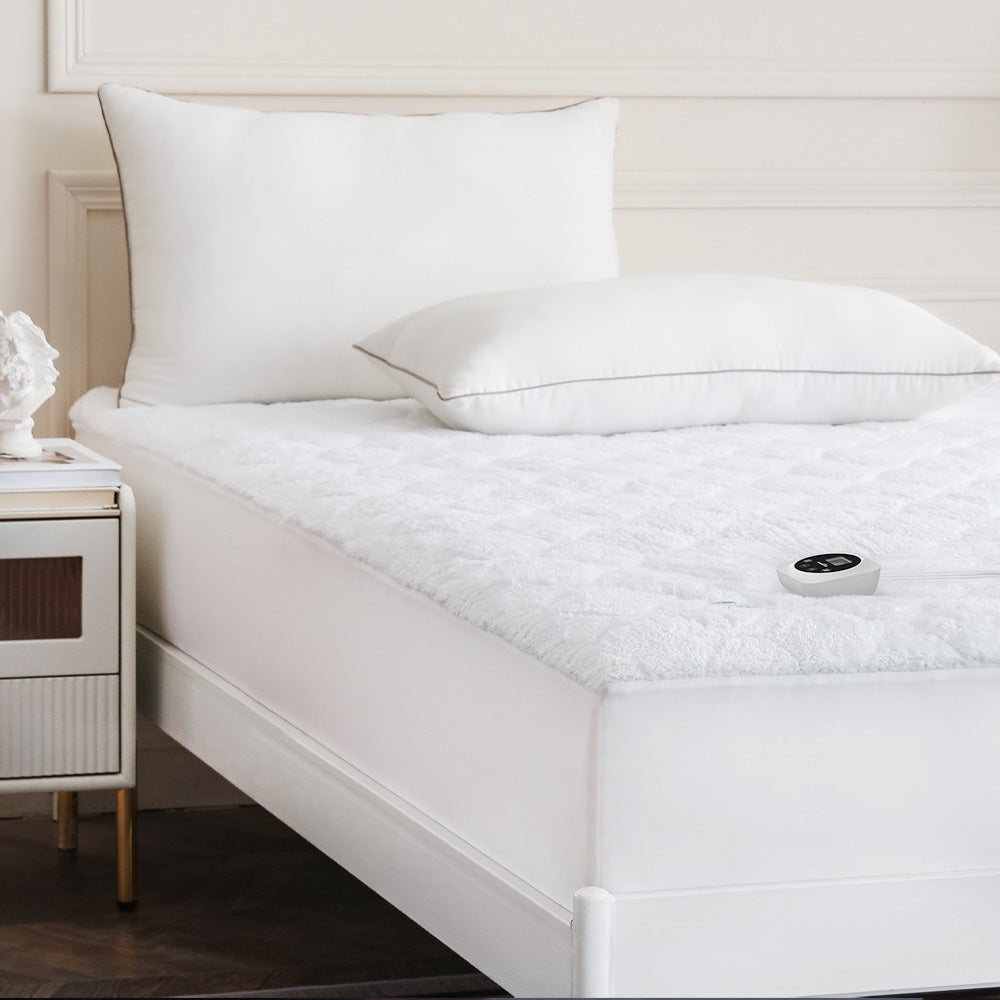
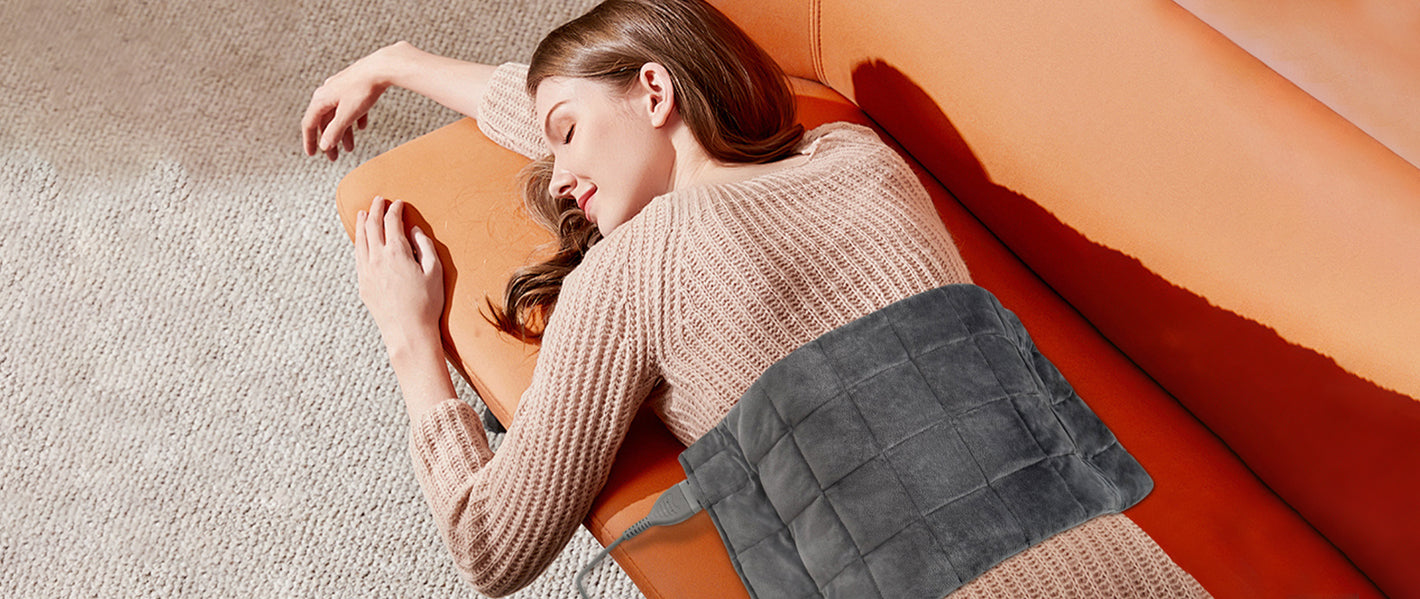
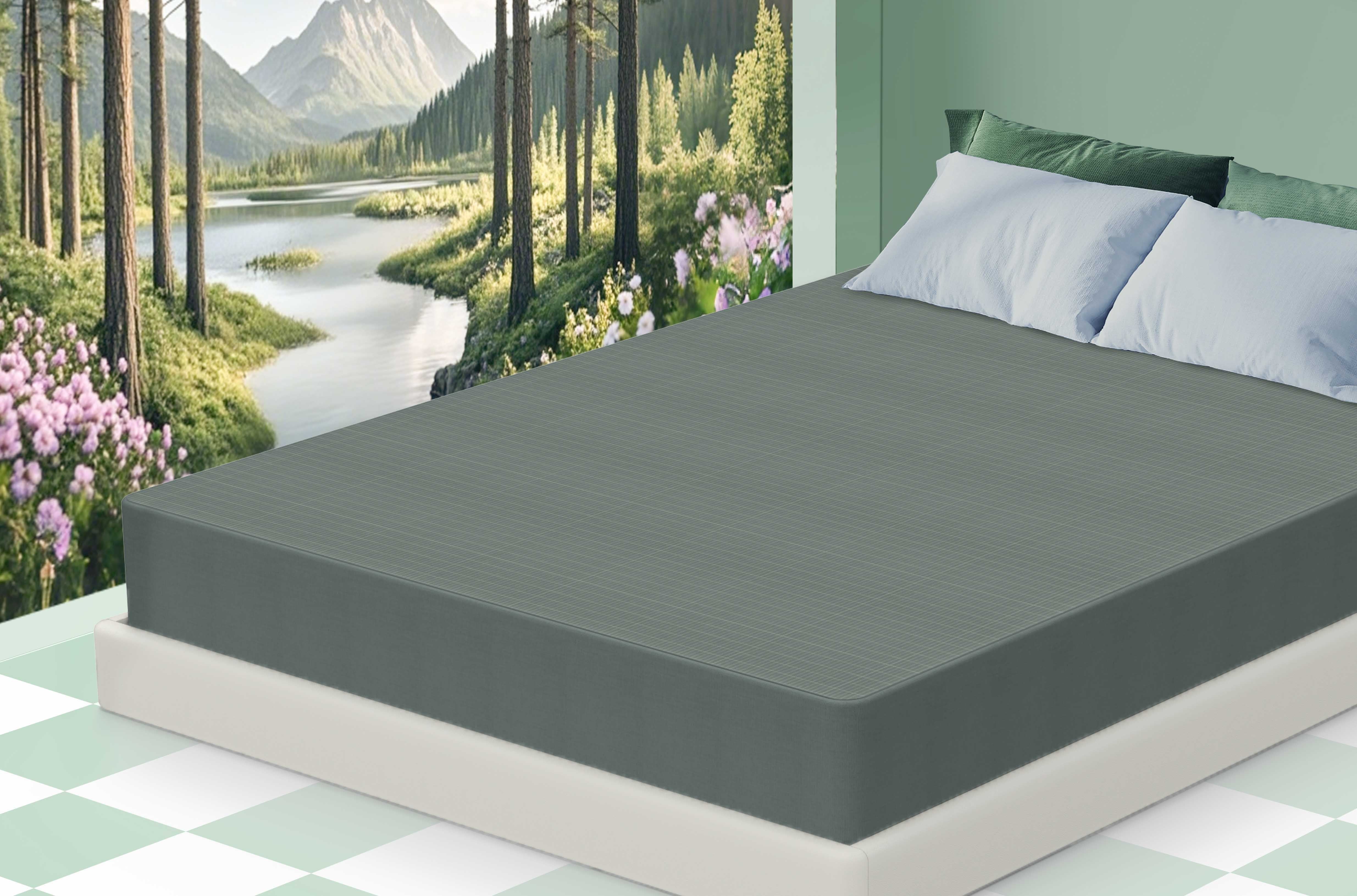
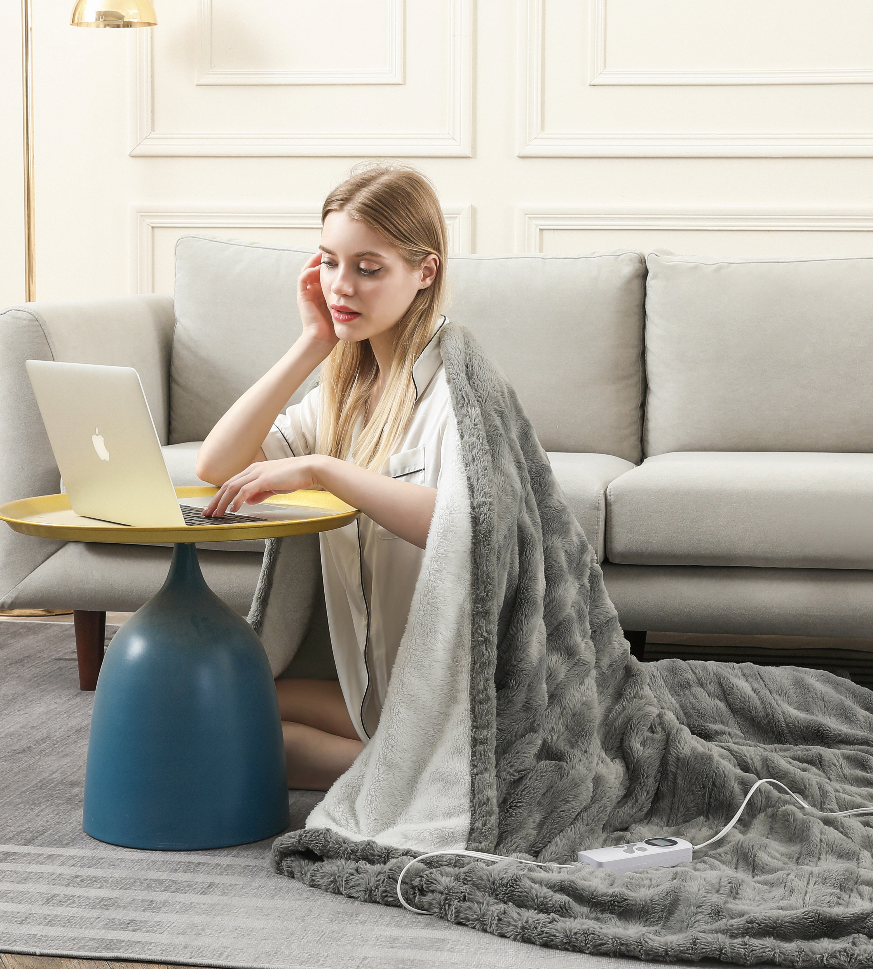
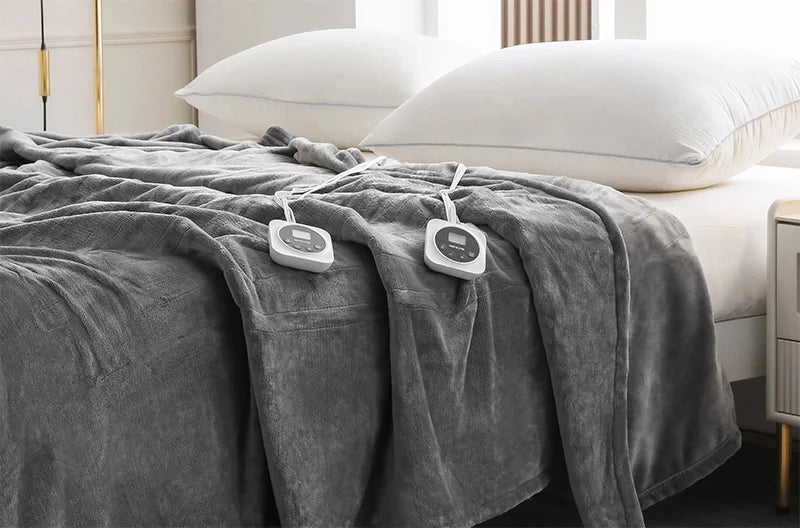
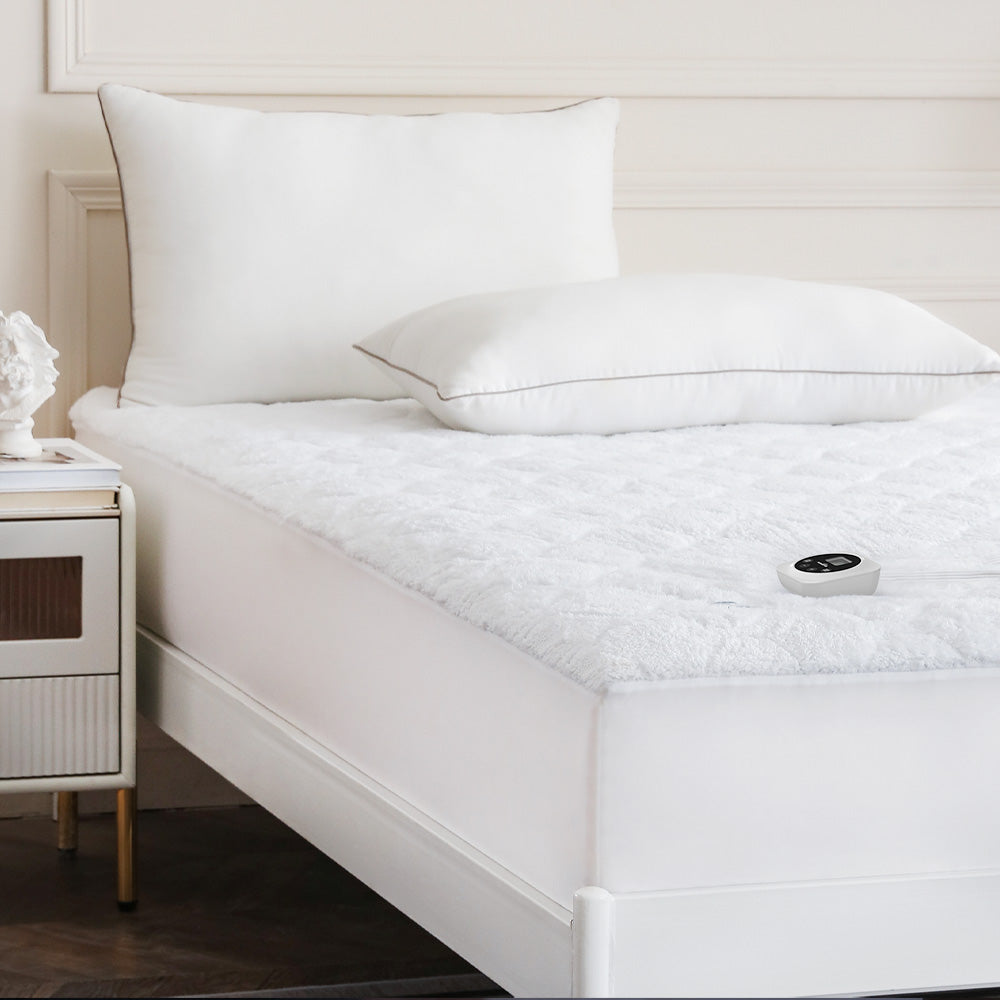
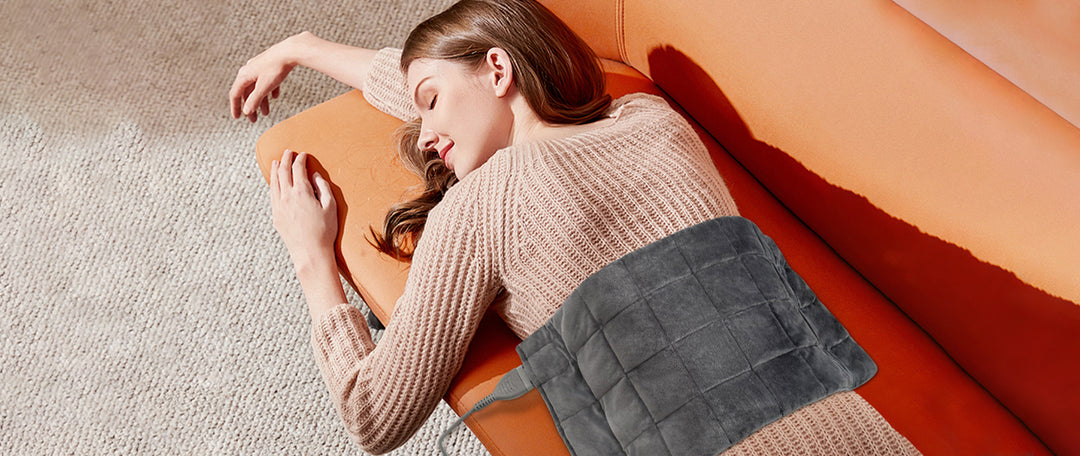
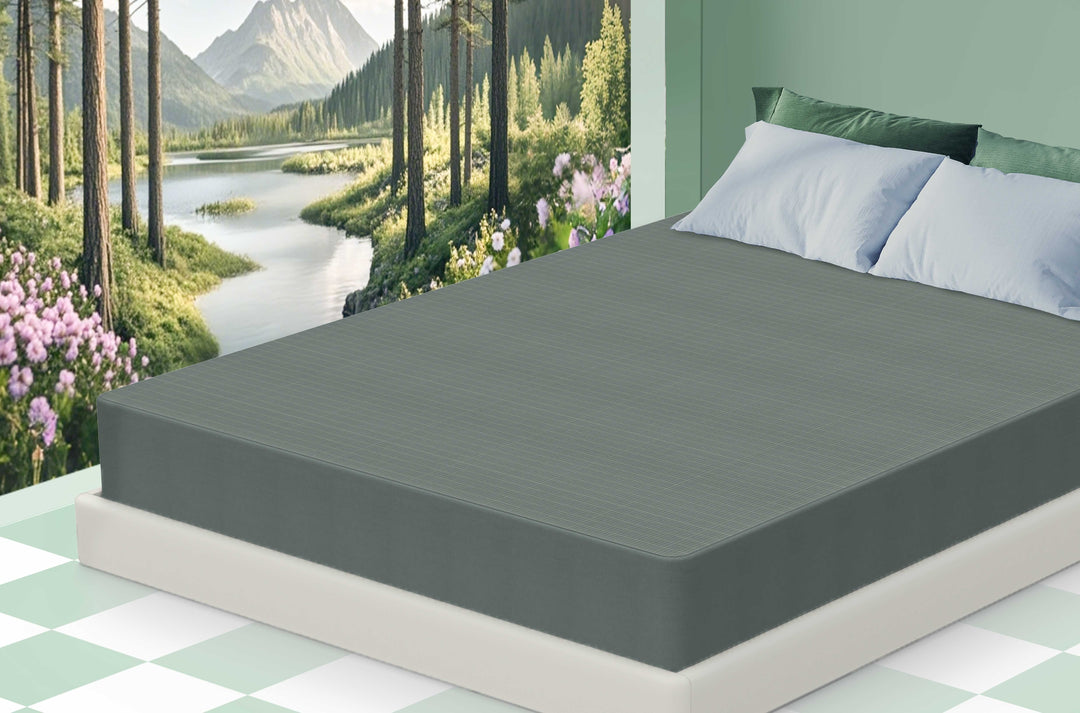



Leave a comment